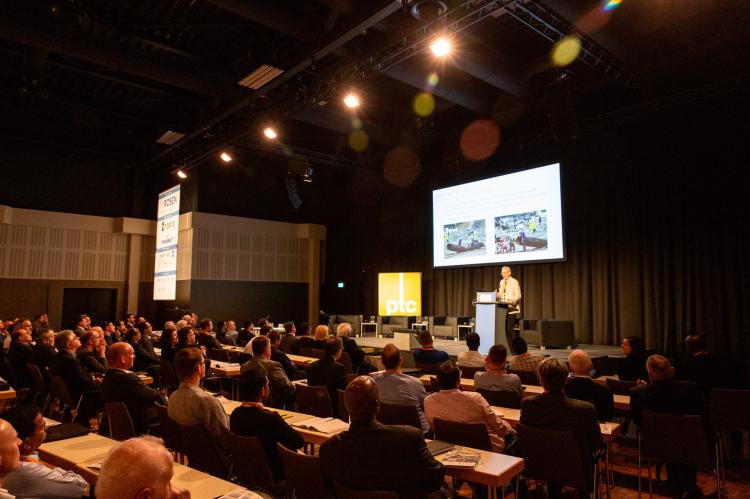Learning from failures: moving from ‘failure’ cause to ‘root’ cause

This keynote presentation looks at the causes of engineering failures from many industries (aviation, construction, petro-chemical, medical, etc.). It suggests we can reduce failures in the pipeline industry by using the lessons learnt from these other industries, and emphasizes how the ‘root’ cause of a failure differs from the ‘failure’ cause. This differentiation is key to may full use of the lessons learnt.
Introduction
We all know that structures, such as bridges, pipelines, and ships, usually operate safely, but sometimes they fail. These structures fail due to a combination of:
- the load on the structure;
- any defect in the structure (a material or design defect will weaken the structure, or elevate stresses and accelerate failure);
- the properties of the materials that make up the structure (strength, shape, etc.);
- time the load operates (the longer a structure operates, the more likely it is to fail (for example, due to fatigue));
- the environment the structure operates in (e.g., temperature, corrosion, or irradiation, can - over time - weaken the material).
These are the engineering/technical causes of failure, but the reasons for the failure will be:
- design errors;
- faulty materials;
- construction errors;
- operating errors; or,
- human/management/organizational errors.
There are many publications on learning from ‘engineering’ causes of failure (i.e., the direct cause) such as poor design, or improper installation, but this presentation will show that these ‘engineering’ failures are actually caused by organizational failures (poor safety culture, organizational and management problems, lack of staff competence, etc.). These are the ‘root’ (underlying) causes.
